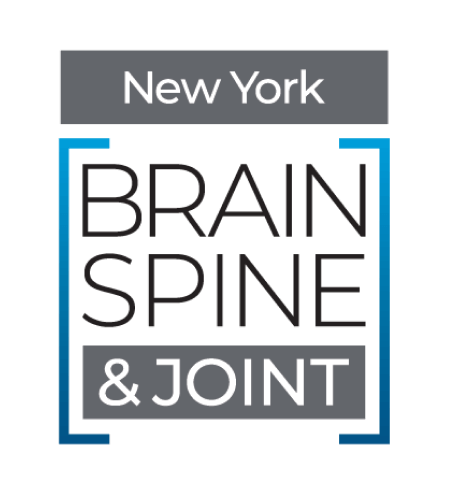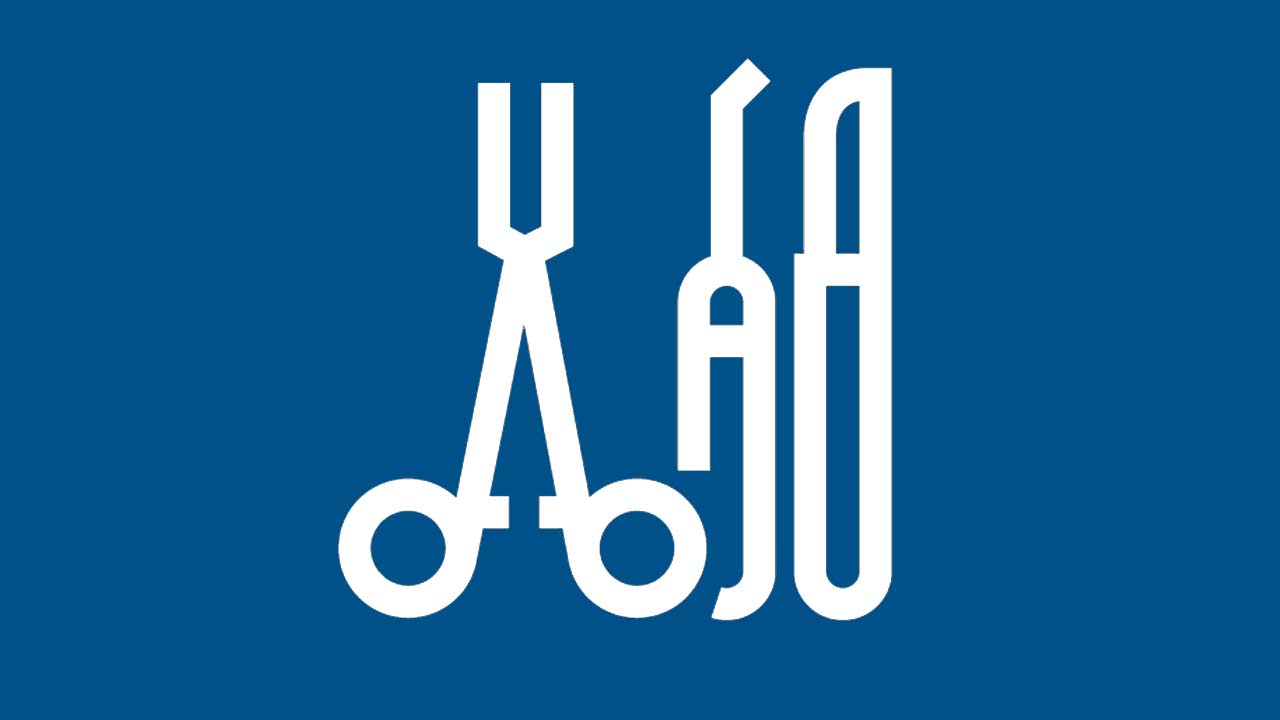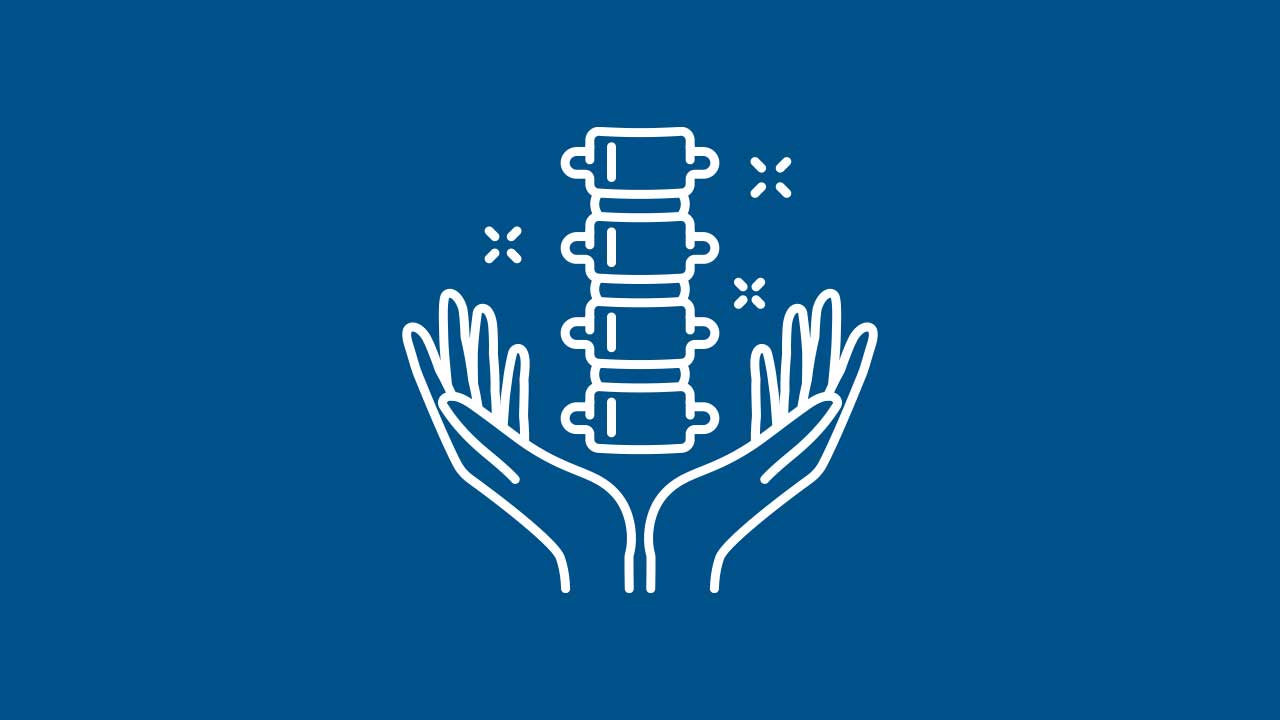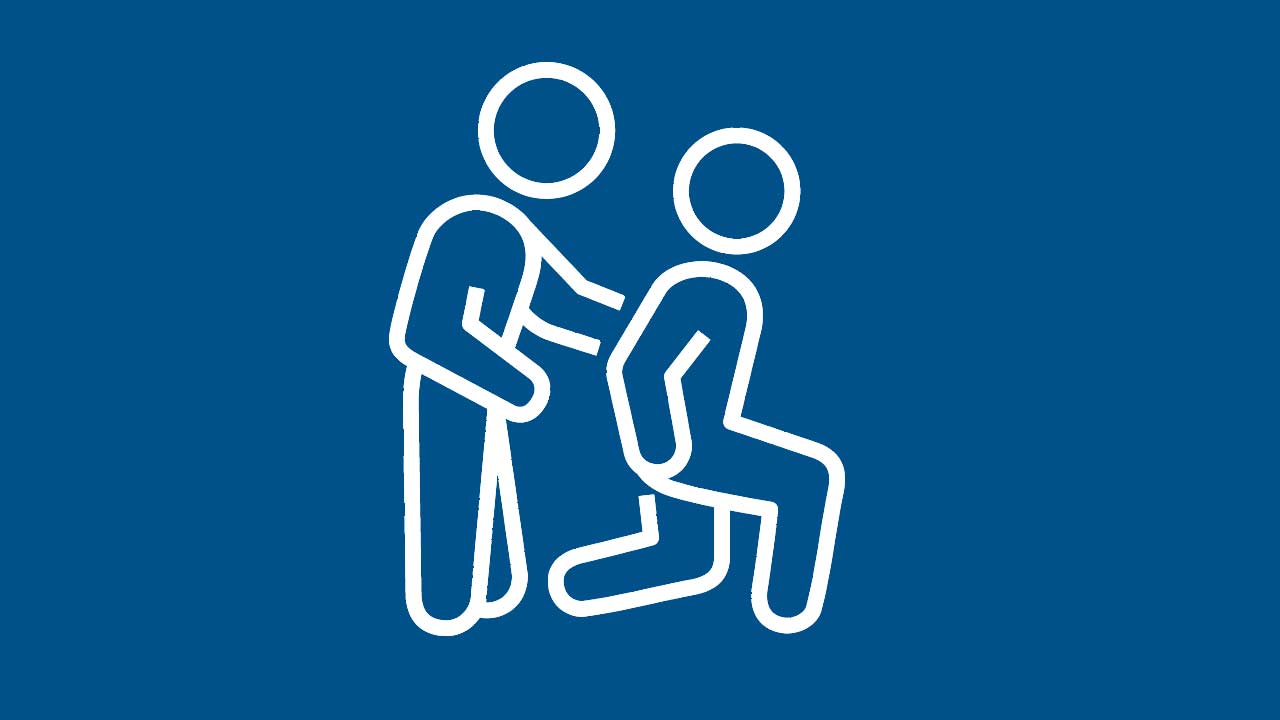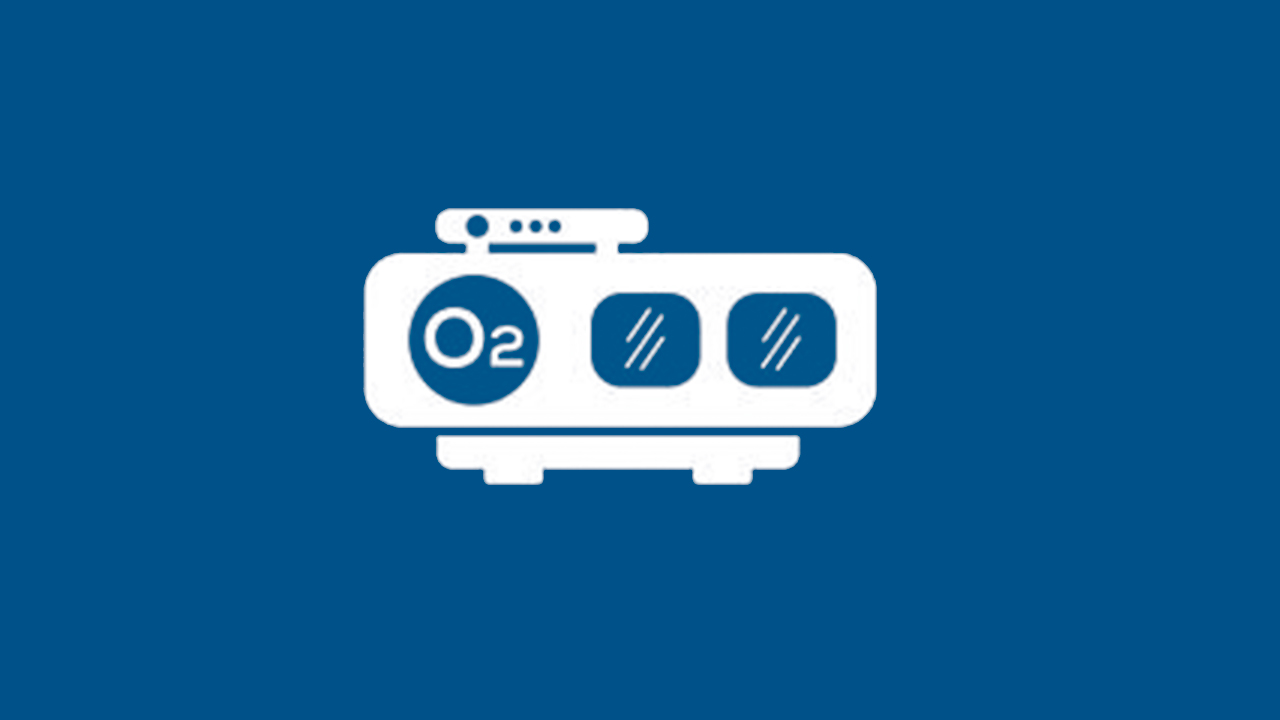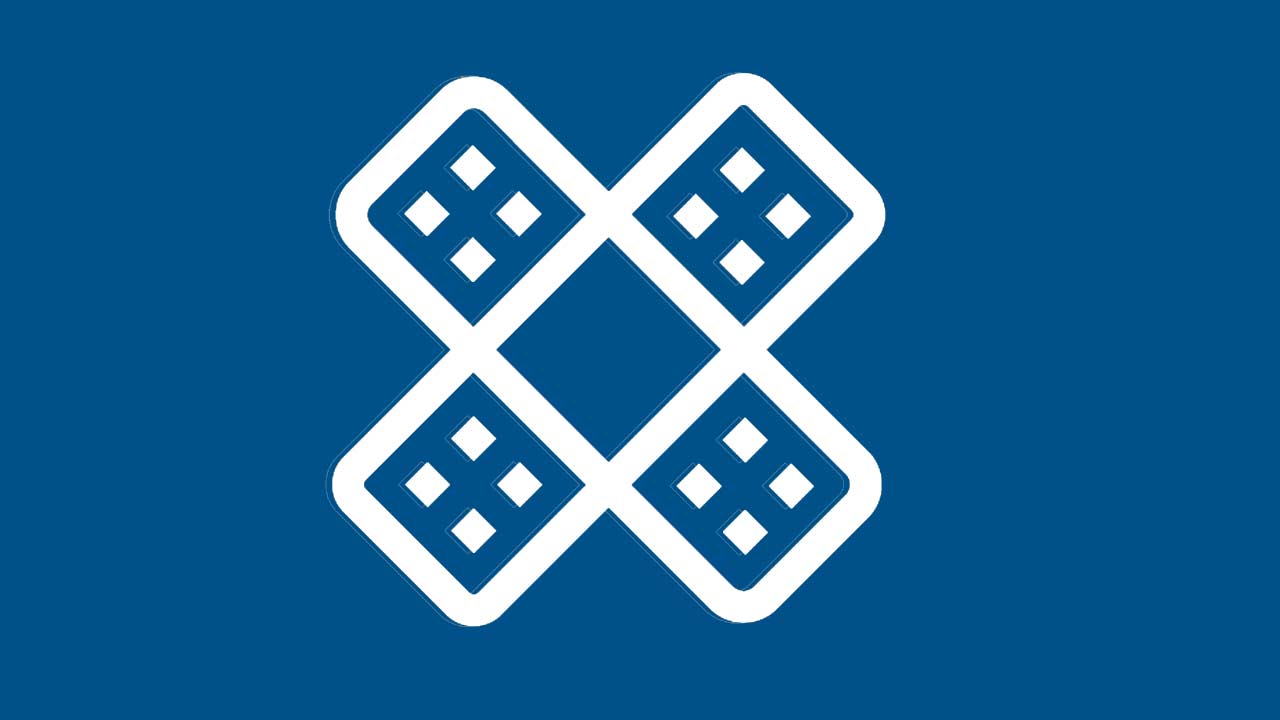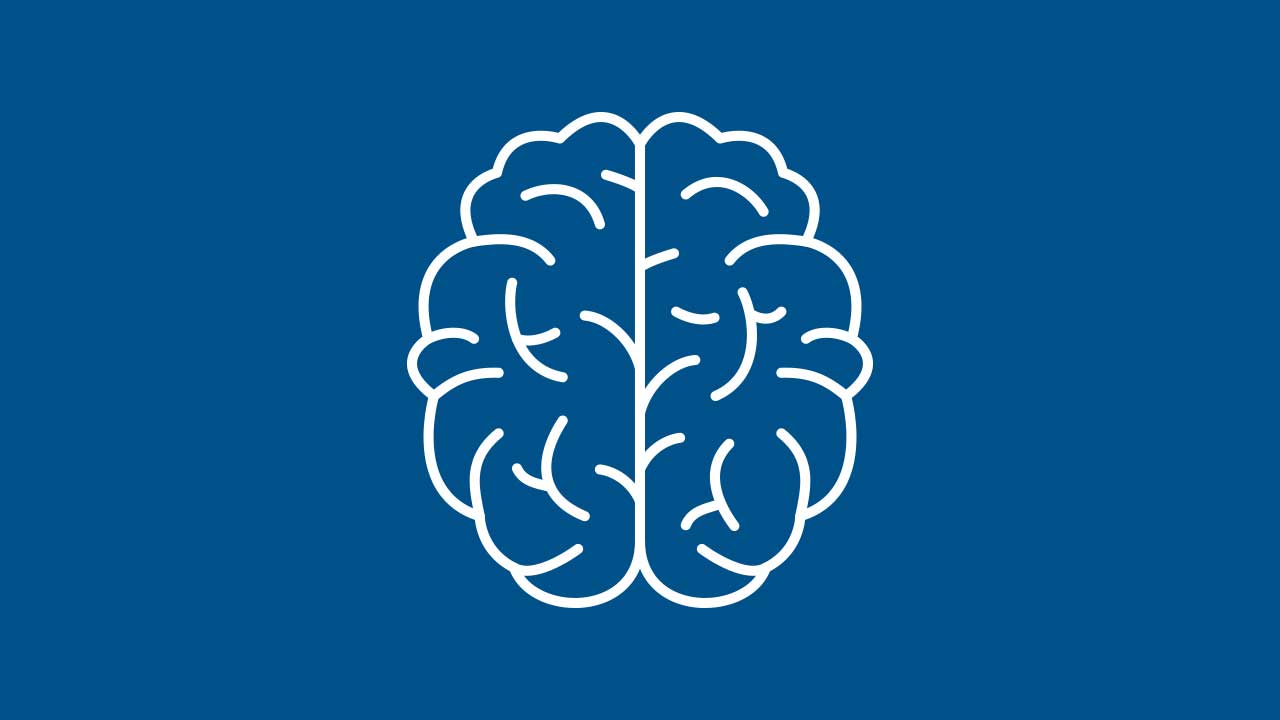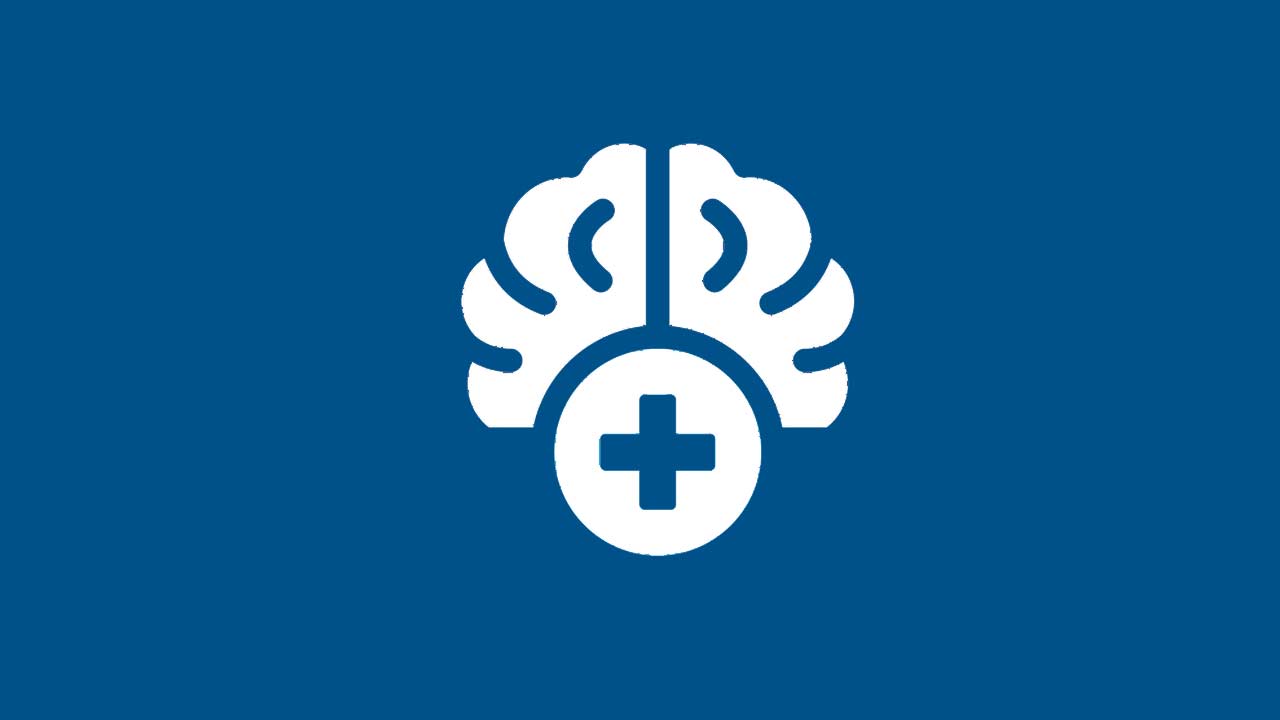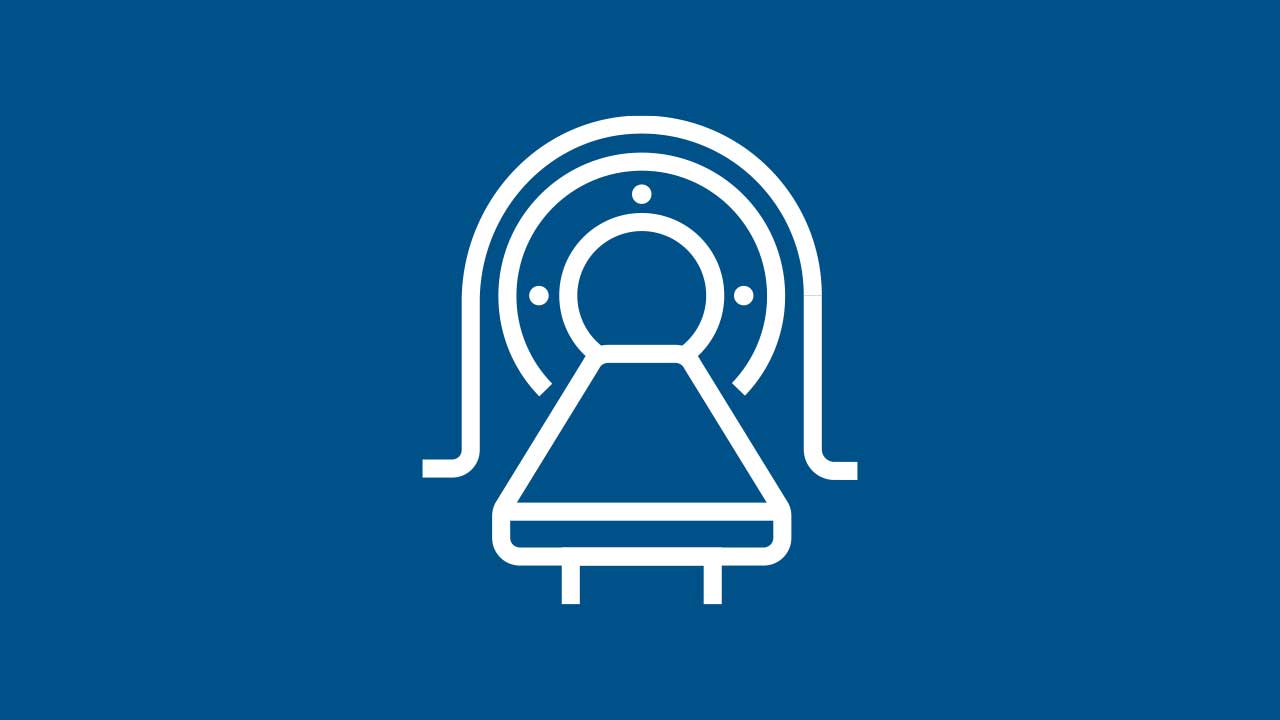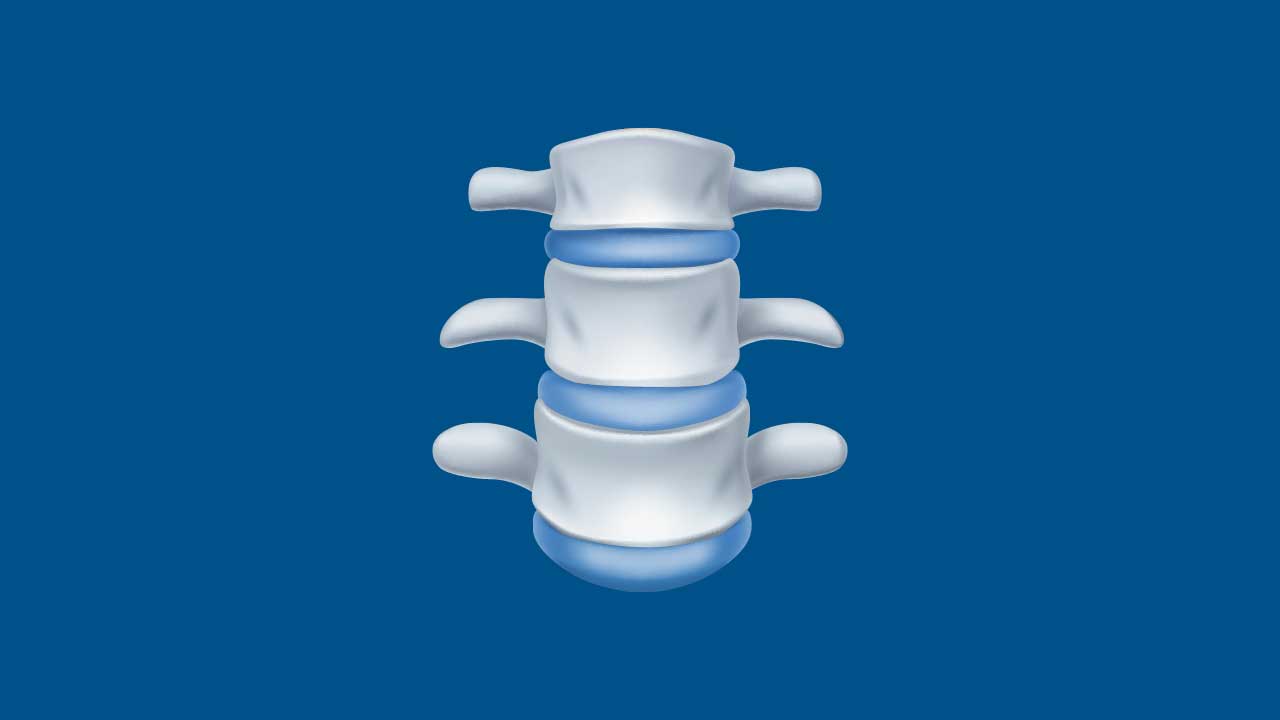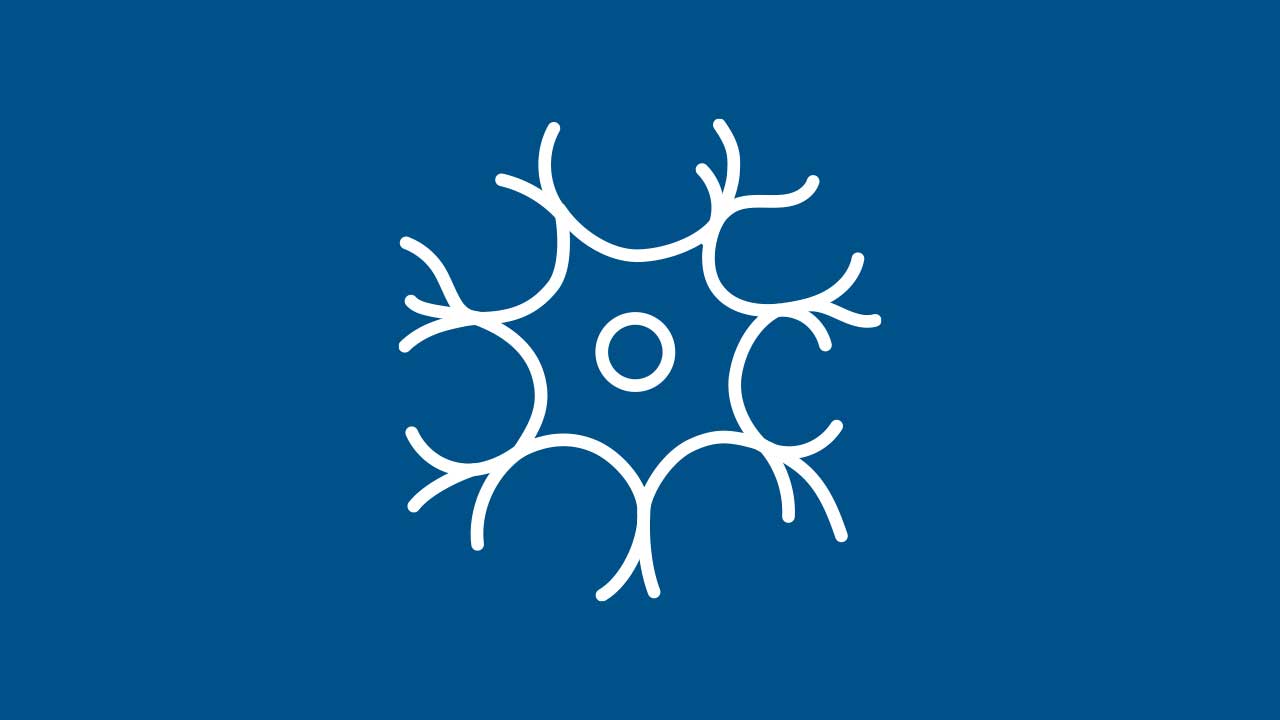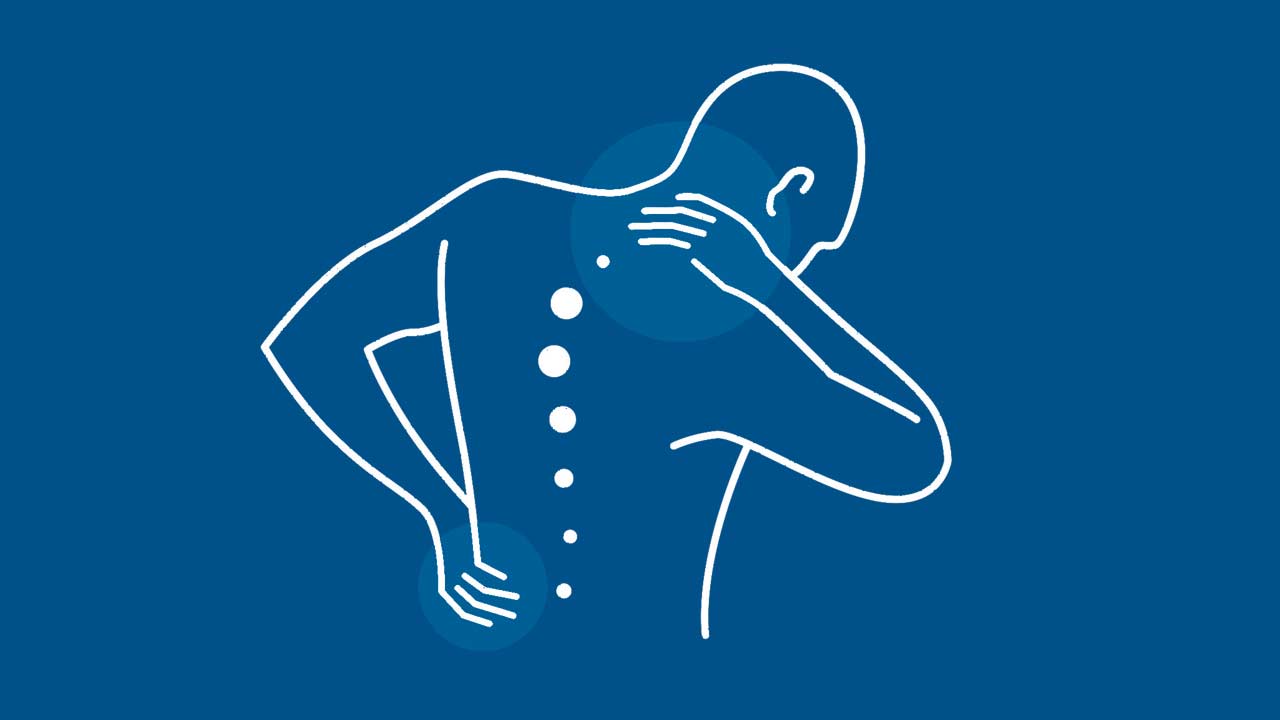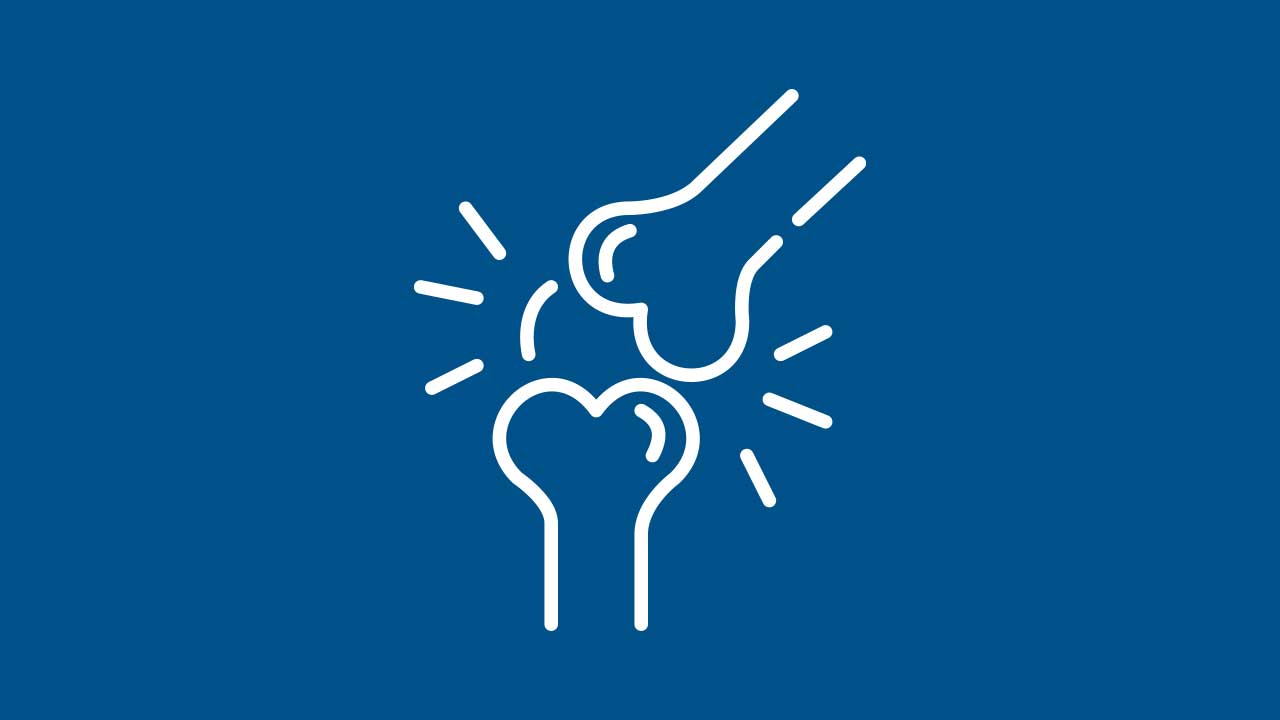Cervical Spinal Stenosis
Share This Page
Cervical Spinal Stenosis: Causes, Symptoms, and Treatment Options
Cervical spinal stenosis is a narrowing of the spinal canal in the neck (cervical region). This narrowing can compress the spinal cord and nearby nerve roots, potentially leading to pain, stiffness, and even difficulty with balance or coordination in the arms and legs. While it often results from age-related wear and tear on the spine, cervical stenosis can also occur in younger individuals due to congenital factors, injury, or underlying conditions.
Below, we provide an overview of the causes, symptoms, diagnostic methods, and treatment approaches for cervical spinal stenosis, along with resources for further reading and support.
Understanding the Cervical Spine
The cervical spine includes the first seven vertebrae located in the neck (labeled C1 to C7). These vertebrae work together to protect the spinal cord, support the head, and allow neck motion. Between each vertebra, intervertebral discs act as cushions, preventing the bones from rubbing against each other. Small openings in the vertebrae (foramina) allow nerve roots to branch off from the spinal cord, transmitting signals for movement and sensation to the upper limbs, shoulders, and beyond.
When degeneration, injury, or other factors reduce these spaces, pressure can build on the spinal cord or nerve roots. This pressure is what we refer to as cervical spinal stenosis.
Causes and Risk Factors
- Degenerative Changes (Age-Related)
Osteoarthritis: As the protective cartilage wears away, bone spurs (osteophytes) can form, narrowing the spinal canal.
Herniated Discs: Discs may bulge or rupture, adding pressure on the spinal cord and nerves. - Congenital Narrowing
Some individuals are born with a naturally tighter spinal canal. Even small changes later in life can trigger symptoms. - Spondylosis
A common degenerative condition of the spine, leading to arthritic changes, which often result in spinal canal narrowing. - Injuries and Trauma
Fractures or dislocations can alter the alignment of cervical vertebrae and cause stenosis.
Repetitive stress (from sports or heavy labor) may also speed up degenerative changes. - Other Conditions
Rheumatoid Arthritis: Systemic inflammation can damage joints and narrow the spinal canal.
Tumors (Rare): Abnormal growths in or near the cervical spine can compress the cord or nerve roots.
Common Symptoms of Cervical Spinal Stenosis
- Neck Pain and Stiffness
Persistent or intermittent discomfort in the neck; stiffness upon waking or after prolonged inactivity. - Radiating Arm Pain
Pain, tingling, or numbness radiating down the arms, shoulders, or into the hands.
May worsen when looking up or holding the neck in certain positions. - Weakness and Numbness
Muscle weakness in the arms and hands; clumsiness or difficulty manipulating small objects.
Feeling of “pins and needles” that can vary in intensity. - Gait and Balance Issues
Compression of the spinal cord can affect walking, coordination, and balance.
Individuals may notice a lack of steadiness or frequent tripping. - Bowel or Bladder Dysfunction (Severe Cases)
Significant compression can lead to problems with bladder or bowel control, requiring immediate medical attention.
Diagnosing Cervical Spinal Stenosis
- Medical History and Physical Examination
A clinician reviews your symptoms, medical background, and any past injuries.
Physical tests may check your reflexes, balance, and muscle strength to see if nerve compression is present. - Imaging Studies
X-rays: Provide a general view of cervical vertebrae alignment and detect bone spurs or fractures.
MRI: Offers detailed images of soft tissues, nerves, and discs to determine the extent of spinal cord or nerve root compression.
CT Scan: Sometimes used with a contrast dye (myelogram) for a comprehensive look at bone structures and narrowed spaces. - Nerve Conduction Studies / EMG
Measure how well electrical signals pass through the nerves, helping determine if stenosis is affecting nerve function.
Non-Surgical Treatment Options
In many cases, mild or moderate cervical spinal stenosis symptoms can be managed effectively with conservative treatments. These approaches aim to decrease pain, restore function, and prevent further spinal damage.
- Medications
Over-the-Counter Pain Relievers: NSAIDs (nonsteroidal anti-inflammatory drugs) or acetaminophen can help reduce inflammation and pain.
Muscle Relaxants or Prescription Medications: For more significant discomfort, your physician may recommend short-term prescriptions. - Physical Therapy
Stretching and Strengthening: Targeted exercises build neck and upper back strength while improving flexibility and posture.
Ergonomic Adjustments: Guidance on proper workstation setup, sleeping positions, and lifting techniques can help reduce stress on the neck. - Corticosteroid Injections
An injection of steroids near the affected nerves can help diminish inflammation and provide temporary pain relief.
Typically recommended in combination with exercises or other therapies. - Activity Modification and Supportive Devices
Neck Braces: Sometimes used short-term to stabilize and support the neck, easing strain on affected areas.
Lifestyle Adjustments: Reducing high-impact activities, maintaining a healthy weight, and avoiding smoking can improve overall spinal health.
Surgical Treatment Options
Surgery may be advised if conservative treatments do not alleviate symptoms or if significant nerve or spinal cord compression is identified. The goal is to relieve pressure on the spinal cord and nerves, thereby preventing or minimizing further neurological damage.
- Decompression Procedures
Laminectomy or Laminoplasty: Removal or reshaping of the lamina (the bony arch) to create more space for the spinal cord.
Foraminotomy: Widening the openings (foramina) where nerve roots exit the spinal canal, easing nerve impingement. - Discectomy
Removal or partial removal of a herniated disc that is pressing on nerves or the spinal cord.
May be performed alongside other decompression procedures. - Spinal Fusion
If instability is present, fusing two or more vertebrae may stabilize the spine.
Instrumentation (plates, screws, rods) may be used to help bones fuse properly. - Artificial Disc Replacement
In select cases, an artificial disc implant may be used instead of a fusion procedure, preserving some range of motion. - Minimally Invasive Approaches
Surgeons increasingly utilize smaller incisions and specialized tools to reduce pain, scarring, and recovery time.
Recovery and Rehabilitation
- Hospital Stay
Depending on the surgical approach, you may spend a day or two in the hospital for observation and pain control. - Physical Therapy and Exercises
Postoperative therapy focuses on gradually restoring neck movement, rebuilding strength, and optimizing posture.
Guided stretching and strengthening routines are customized to prevent stiffness and protect the surgical site. - Follow-Up Care
Your medical team will monitor healing, ensure correct spine alignment, and check for any complications.
Periodic evaluations help identify new or recurring issues early.
Living with Cervical Spinal Stenosis: Tips for Prevention and Maintenance
- Stay Active: Low-impact activities like swimming, walking, or cycling help keep muscles engaged and support a healthy spine.
- Practice Good Posture: Whether at a desk or standing, maintaining a neutral spine alignment reduces stress on cervical vertebrae.
- Weight Management: Excess body weight can strain the neck and spine, so a balanced diet and regular exercise are beneficial.
- Quit Smoking: Smoking impairs blood flow and can accelerate degenerative changes in the spine.
- Regular Check-Ups: Routine evaluations by a healthcare provider help track spinal health and address small issues before they worsen.
Our Multi-Disciplinary Expertise in NYC
At our multi-location medical practice in the New York City metro area, we specialize in brain, spine, and joint care, serving patients from across New York state, the nation, and around the world. Our team includes neurosurgeons, orthopedic surgeons, pain management specialists, and physical therapists who work together to diagnose and treat cervical spinal stenosis using advanced, evidence-based methods. From customized exercise programs to minimally invasive surgical techniques, we strive to offer the most effective solutions tailored to each patient’s unique needs and goals.
Additional Resources
Disclaimer - This article is for informational purposes only and does not replace professional medical advice. Always seek the guidance of a qualified health provider regarding any questions you may have about a medical condition, diagnosis, or treatment plan.
